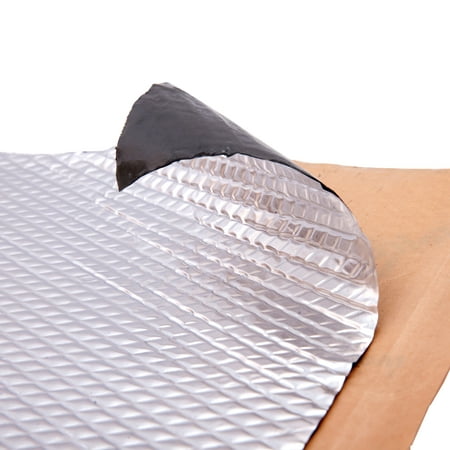How Works MGB Emission Controls
"the 70's were an interesting time". I find myself saying that any time I look at a building or house constructed in the 1970's. They're just weird. There are strange angles, funky roof lines, sunken rooms and simply unfurnish-able spaces. This experimental period was also the when the first attempts at vehicle emission controls took place in the US. Some of the ideas were decent, took hold and persist in some form today. Others were just strange, and I wonder if they really did anything at all. So today we look at the MGB, circa 1978. When this little car was built, emission controls were mandatory, unleaded gas was prevalent and even now cars this old still need to pass emissions standards in highly populated areas in Oregon.
By 1978, they had figured out that venting crankcase pressure to the atmosphere was bad, so the PCV (positive crankcase valve) idea was born. In the MGB, this takes the form of a hose running from the case to the air cleaner. This is item #57 in the MossMotors image to the right. The oily air gets burned during combustion. By this time, they had also figured out that gas fumes from the fuel tank (and carb) shouldn't vent to the atmosphere, so these gasses are routed to the valve cover (hose #70) to get sucked into the engine while it's running or they settle into the charcoal in a special canister (#60) designed for this.
The 1978 MGB was fitted with a catalytic converter (cat) in the exhaust piping. This simply uses the heat of the exhaust to get really hot and burn off any unburnt fuel that passes into the exhaust. These reduce the hydrocarbons in your exhaust and an emissions failure for "HC" is probably because your cat is failing. Some folks swear by the CRC "guaranteed to pass" fuel additive to effectively clean your cat for a short term, allowing you to pass emissions. This feels a little like cheating, but if it is just to keep you clean long enough to save the cabbage to buy a replacement cat, maybe it's not.
Last, there's the smog pump system. This thing runs on a belt, and effectively pushes filtered air into the exhaust while the engine is running. If you think about it for a minute, this effectively was designed to fool the emissions tests by diluting the amount of pollutants running out the exhaust with fresh air. How this got past the fed's, I don't know.
Missing in Action
When I got my MGB, I really didn't know much about them or what to look for under the hood. Turns out, there aren't emission test needed for cars owned and registered outside a certain seemingly arbitrary line around the greater metropolitan area. The seller lived outside the line, so he made modifications that aligned with his lack of emissions test adherence. These modifications weren't apparent to me until after I got the "B" home, and was well into the front-end tear-down effort last winter.
So, what's missing? Well... all of the under-the-hood stuff. There's no smog pump, nor gulp valve, connecting hoses nor even an access point in the exhaust manifold. The (oil breather) hose that is supposed to run from the crankcase to the air cleaner is missing and there is no facility for a hose to fit in the air cleaner had the hose been present. The vent line from the gas tank ends unceremoniously next to a bracket that should be holding the charcoal canister which is also missing. In all fairness to the prior owner, I think I lost the charcoal canister. The carb set up was changed so there is no vent coming off the float-bowl. At least I have a catalytic converter. Or, at least it looks like one. It doesn't look like the stock one, so it may not be terribly effective.
What to Do?
Looking at all of the missing, I still need to pass this test or I will have a very spendy undriveable car. I started with the most obvious: get a charcoal canister and hook up what I can to it. Bottom line, if the Department of Environmental Services (DEQ) person can smell gas, you fail before they start. So, I bought a used one off eBarf. Next, I'm going to run route the oil breather into the air cleaner somehow. Then, I'll do a full tune-up: oil change with filter, clean the steel mesh air filter, new spark plugs, wires, dizzy cap and rotor. My challenge will be getting a tank of fuel with the CRC stuff through the engine during the rainy season without a convertible top. First things first: fit the charcoal canister, do the oil breather and tune-up.
That's it for today. I welcome ideas for how to get through the DEQ so I can keep this car moving forward with an eye for playing this summer. I'll post a follow-up on what I did and how the DEQ folks responded. Thanks, as always for following along-









